In the world of software development, choosing the right communication protocol for your application is critical. Two of the most prevalent choices are Remote Procedure Call (RPC) and Representational State Transfer (REST). Each has its own strengths, weaknesses, and ideal use cases, making it essential to understand the differences to make an informed decision.
In this blog post, we will delve into the fundamentals of RPC and REST, explore their key differences, weigh their respective pros and cons, and provide guidance on when to use each. This comprehensive guide aims to equip developers with the knowledge needed to choose the most suitable protocol for their projects.
What is RPC?
Remote Procedure Call (RPC) is a protocol that allows a program to execute code on a remote server as if it were a local procedure call. The primary goal of RPC is to abstract the communication between client and server, making it transparent to the developer. This abstraction simplifies the coding process by allowing developers to focus on business logic rather than network communication.
Common Protocols Used in RPC
Several protocols can be used to implement RPC, including:
- XML-RPC: Uses XML to encode its calls and HTTP as a transport mechanism.
- JSON-RPC: A similar protocol to XML-RPC but uses JSON for encoding.
- gRPC: A modern, high-performance framework that uses Protocol Buffers for serialization and HTTP/2 for transport.
Typical Use Cases for RPC
RPC is commonly used in scenarios where performance and efficiency are primary concerns. Typical use cases include:
- Microservices Communication: In microservices architecture, RPC can be used to ensure fast, reliable communication between services.
- Internal APIs: When services need to communicate within the same network, RPC’s low overhead can be advantageous.
- Real-Time Applications: Applications requiring real-time data processing often use RPC for its speed and efficiency.
What is REST?
Representational State Transfer (REST) is an architectural style for designing networked applications. REST relies on stateless, client-server communication, typically over HTTP. It uses standard HTTP methods like GET, POST, PUT, and DELETE to perform operations on resources, which are identified by URLs.
Principles of REST Architecture
REST adheres to six guiding principles:
- Stateless: Each request from a client to a server must contain all information needed to understand and process the request.
- Client-Server: The client and server are independent; changes in one do not necessitate changes in the other.
- Cacheable: Responses must define themselves as cacheable or non-cacheable to prevent clients from reusing stale or inappropriate data.
- Uniform Interface: A standardized way of communicating between the client and server.
- Layered System: A client cannot ordinarily tell whether it is connected directly to the end server or an intermediary.
- Code on Demand (optional): Servers can extend client functionality by sending executable code.
Typical Use Cases for REST
REST is widely used due to its simplicity and scalability. Typical use cases include:
- Public APIs: Many web services expose their APIs using REST due to its simplicity and ease of use.
- Web Applications: RESTful services are commonly used for CRUD (Create, Read, Update, Delete) operations in web apps.
- Mobile Applications: REST APIs provide the flexibility needed for mobile app development, allowing seamless communication between the app and server.
Key Differences Between RPC and REST
Now that we have a basic understanding of RPC and REST let’s dive into the key differences between the two protocols.
Request/Response Format
The most significant difference between RPC and REST is their request/response format. In RPC, requests are typically encoded using XML or JSON, whereas REST uses standard HTTP methods like GET, POST, PUT, and DELETE to perform operations on resources.
State Management
RPC relies on client-server state management, meaning that the server must maintain session information for each client. On the other hand, REST is stateless, meaning each request contains all necessary information, eliminating the need for server-side state management.
Caching
REST has built-in support for caching with its cacheable responses. In contrast, RPC does not have built-in caching support, making it less suited for scenarios where caching is critical.
Performance and Scalability
In general, RPC tends to have better performance and scalability due to its low overhead. However, this comes at the cost of increased complexity in implementation compared to REST.
Pros and Cons
Advantages of RPC
- Performance: RPC can be more performant due to its low latency and efficient binary protocols like Protocol Buffers in gRPC.
- Ease of Use: Abstracting the network communication makes it easier for developers to call remote functions as if they were local.
- Strong Typing: RPC frameworks often support strong typing, which can reduce errors and improve code quality.
Disadvantages of RPC
- Tight Coupling: RPC can lead to tight coupling between client and server, making it harder to change one without impacting the other.
- Complexity: Implementing and maintaining an RPC system can be more complex compared to REST.
- Limited Browser Support: RPC protocols like gRPC are not natively supported by browsers, limiting their use in web applications.
Advantages of REST
- Simplicity: REST’s use of standard HTTP methods and URLs makes it easy to understand and implement.
- Scalability: REST’s stateless nature and layered architecture make it highly scalable.
- Interoperability: REST is widely supported across different platforms and languages, enhancing interoperability.
Disadvantages of REST
- Performance Overhead: The use of HTTP and text-based formats like JSON can introduce performance overhead compared to binary protocols.
- Loose Typing: REST’s flexibility can result in inconsistent API designs and data formats.
- Statelessness: While beneficial for scalability, statelessness can be a drawback for certain use cases requiring session management.
When to Use RPC vs. REST
Now that we have looked at the pros and cons of each protocol let’s discuss when to use RPC or REST.
Use RPC when:
- Performance is critical: In scenarios where performance is a top priority, such as real-time applications, RPC’s lower overhead and efficient binary protocols can be advantageous.
- Strong typing is important: When dealing with complex data structures, strong typing provided by RPC frameworks can help reduce errors and improve code quality.
- Internal communication within a network: Since it doesn’t rely on standard HTTP methods, RPC may be more suitable for internal communications within a network.
Use REST when:
- Scalability and interoperability are essential: REST’s stateless nature and support across different platforms make it highly scalable and interoperable.
- Caching is needed: If caching is critical for your application, REST’s built-in support for cacheable responses can be beneficial.
- Web APIs or public APIs: REST is the preferred choice for web APIs due to its simplicity and widespread use.
Conclusion
Both RPC and REST have their own strengths and weaknesses, and the choice between them depends on your specific use case. RPC is ideal for performance-critical applications and tightly coupled systems, while REST shines in scenarios requiring simplicity, scalability, and interoperability.
By understanding the fundamental differences, advantages, and disadvantages of each protocol, developers can make informed decisions that align with their project’s requirements and goals.
FAQ Section
- What are the main differences between RPC and REST?
- RPC focuses on function/method calls using various protocols, while REST is resource-based and relies on standard HTTP methods.
- Which one is more suitable for microservices architecture, RPC or REST?
- Both can be suitable, but RPC is often preferred for internal microservices communication due to its performance advantages.
- How does the data format differ between RPC and REST?
- RPC can use various data formats like XML, JSON, and Protocol Buffers, while REST primarily uses JSON and XML.
- What are the performance implications of using RPC vs. REST?
- RPC can offer lower latency and higher efficiency, especially with binary protocols like Protocol Buffers, while REST may introduce some overhead due to its use of HTTP and text-based formats.
- Can RPC and REST be used together in the same application?
- Yes, it’s possible to use both protocols in the same application, leveraging their respective strengths for different components or use cases.
- What factors should I consider when deciding between RPC and REST for my project?
- Consider factors such as performance requirements, ease of implementation, scalability needs, interoperability, and the specific use case of your application.

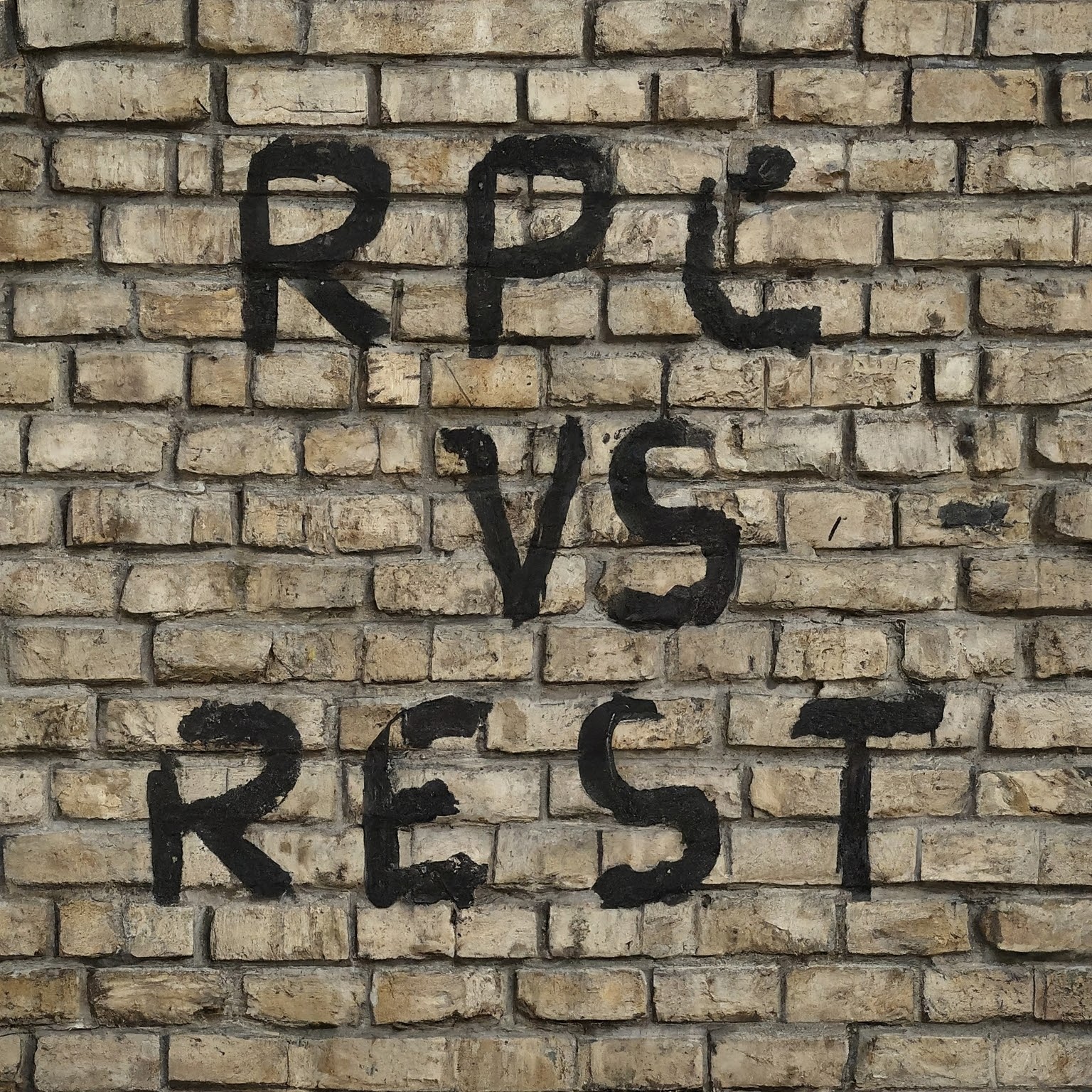

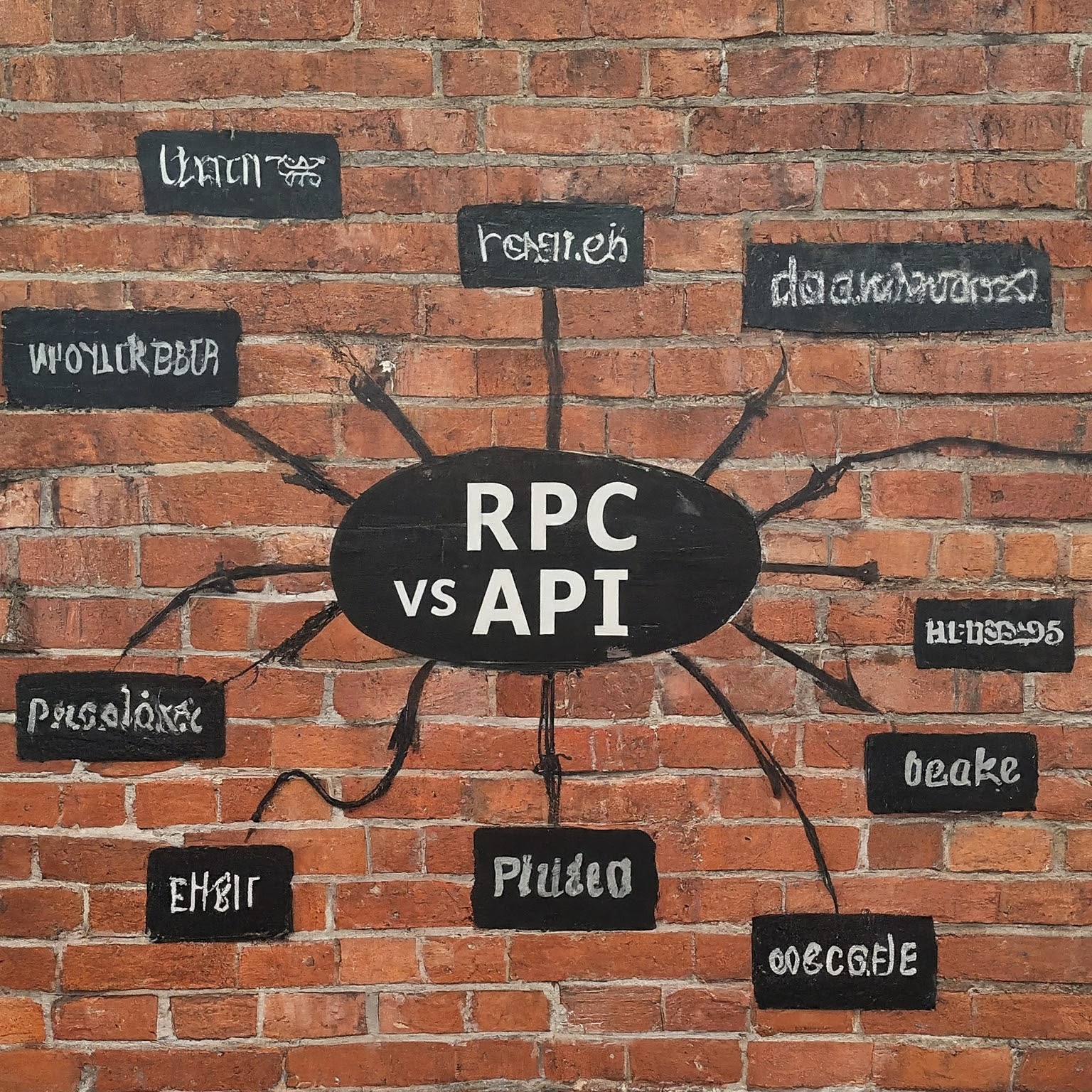
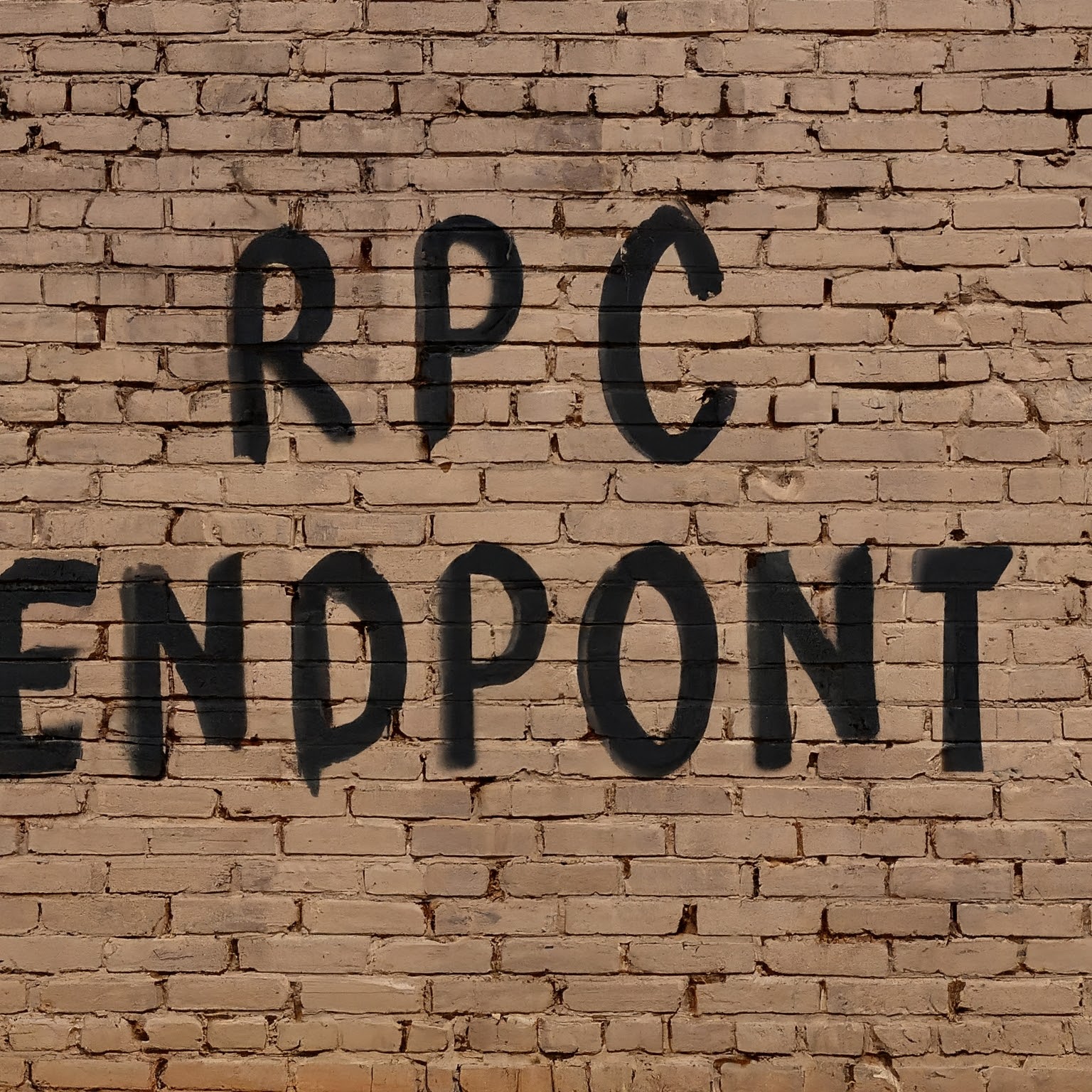


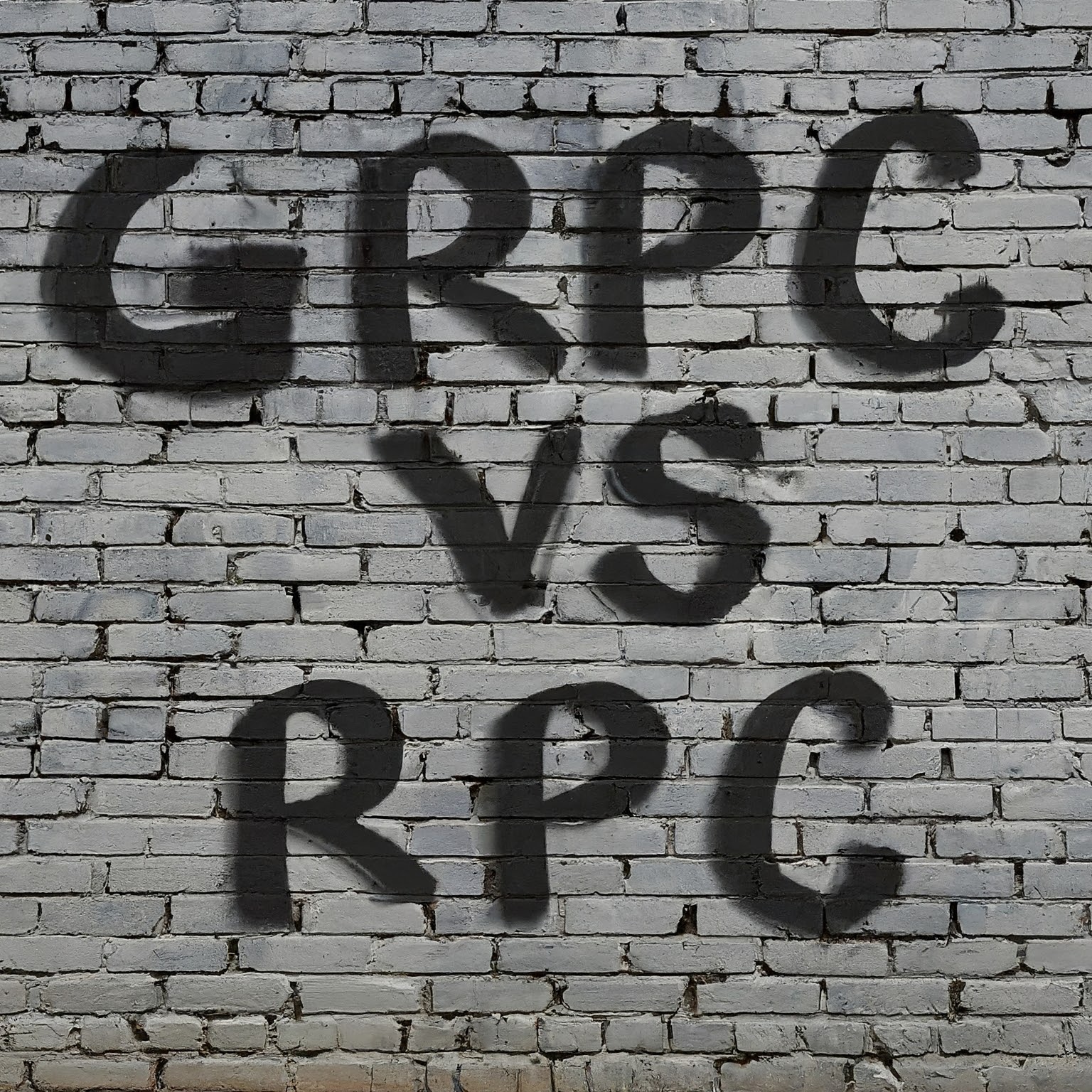
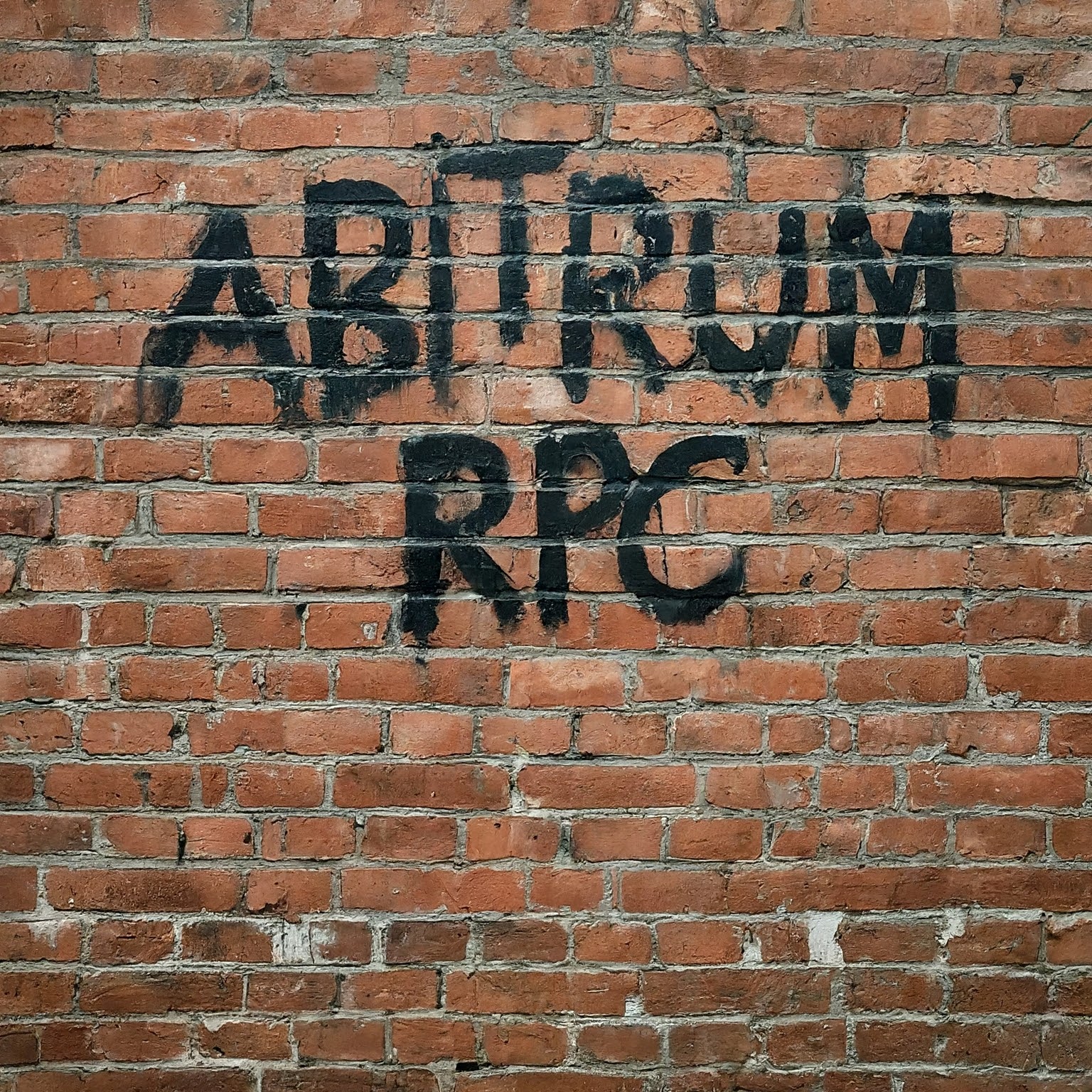

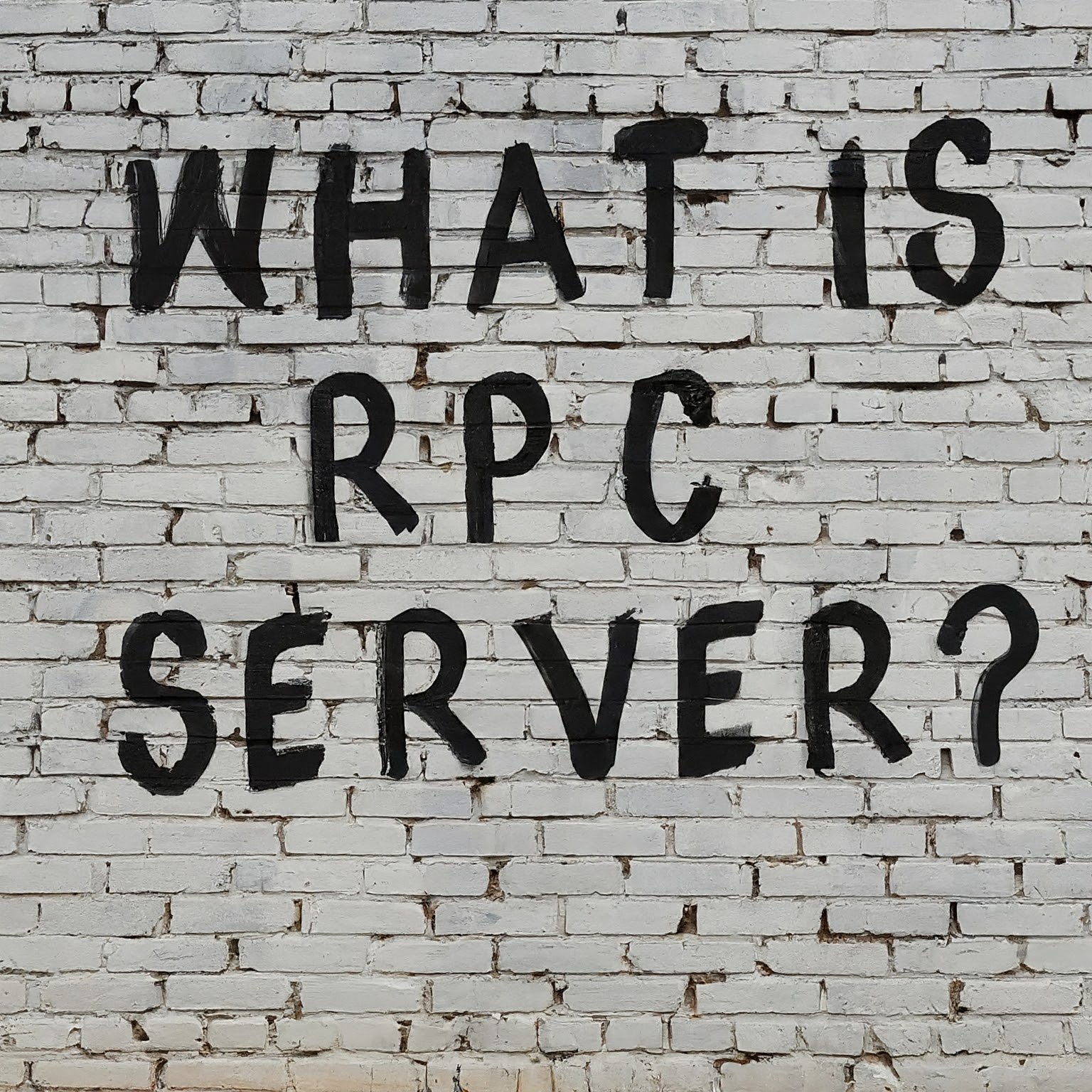

Leave a Reply
You must be logged in to post a comment.